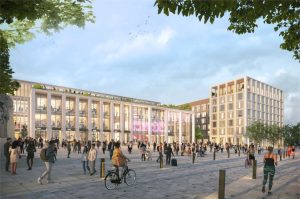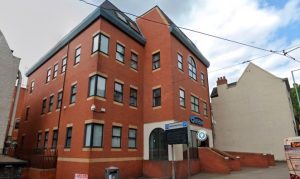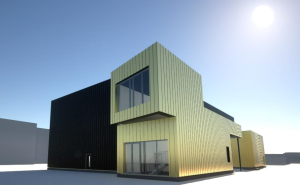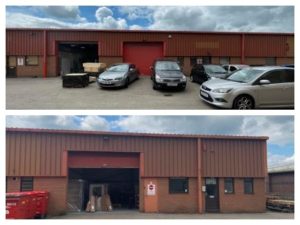170 jobs take a step closer as regeneration plans for historic castle country park published

Proposals to regenerate Elvaston Castle’s historic grounds have been made available to view ahead of planning applications being submitted for the first phase of a £35m redevelopment programme.
If plans are approved, regeneration of the estate is expected to create more than 170 new jobs and increase the number of visitors. There are no plans to build new residential housing on the estate.
Final touches have been added to proposals to reverse decades of underinvestment and secure the future of the 321 acre Derbyshire estate which includes the historic Grade II Listed gardens which are widely regarded as the finest example of renowned 19th century gardener William Barron’s work.
It follows a comprehensive public consultation exercise and many months of work with Elvaston Castle and Garden Trust (ECGT), working with the National Trust, to finalise proposals for a new café, the regeneration of the lower stables yard into space for retail, catering and exhibitions, the redevelopment of the upper stables yard for retail and office space, new accommodation for and workshop for site staff and volunteers and the improvement of visitor access.
Councillor Tony King, Derbyshire County Council’s Cabinet Member for Clean Growth and Regeneration said: “Elvaston Castle and Country Park is enjoyed by people from all over Derbyshire so it’s no surprise that so many wanted to contribute their own ideas, many of which have been included in our Masterplan.
“If our proposals get the go-ahead, it will signal the start of the first phase of our plans to secure the future of Elvaston Castle and Country Park for generations to come by making it a sustainable visitor attraction that can stand on its own 2 feet, saving millions of pounds for Derbyshire council tax payers who currently pay for the upkeep of the estate.”
Once the home of the Earls of Harrington, the Stanhope family left Elvaston Castle after WWII. The county council rescued the site in the 1960s when it was threatened by development for mining, and developed it as Britain’s first country park. During recent decades, shrinking local government budgets have meant that the council has struggled to meet rising running costs while a number of previous bids to provide the site with a sustainable future unfortunately proved unsuccessful.









